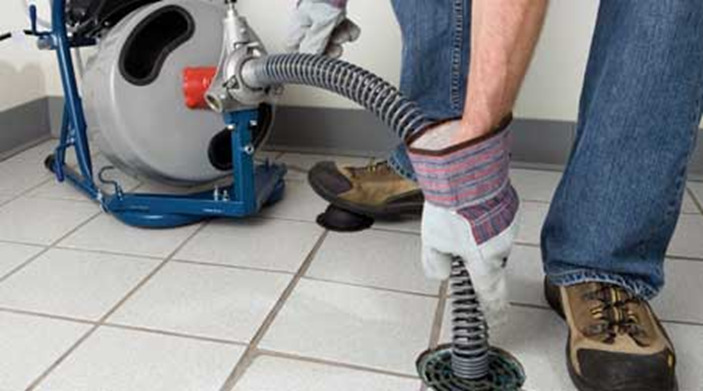Sewage backups can be a messy and smelly problem to deal with. Whether it’s due to a clogged sewer line, tree roots invading the pipes, or a malfunctioning septic system, the end result is the same: raw sewage backing up into your home or yard. When this happens, it’s important to call in the experts to effectively clean and repair the damage. In this article, we’ll provide some tips for effective cleaning and repair after a sewage backup.
Table of Contents
Don’t try to clean it up yourself
The first and most important tip is to not try to clean up the sewage yourself. Raw sewage contains harmful bacteria and viruses that can cause serious health problems if not handled properly. It’s best to leave the cleanup to the professionals who have the necessary equipment and expertise to do the job safely and effectively.
Turn off the water supply
If you’re experiencing a sewage backup in your home, it’s important to turn off the water supply to prevent any further damage. You can do this by turning off the main water valve, which is usually located near the water meter.
Call in the professionals
Once you’ve turned off the water supply, it’s time to call in the professionals. Look for a reputable sewage cleaning and repair company in your area that has experience dealing with sewage backups. They will have the necessary equipment, such as pumps and vacuums, to remove the sewage and water from your home or yard. They will also be able to sanitize the affected areas to prevent the spread of harmful bacteria and viruses.
Assess the damage
After the professionals have removed the sewage and water, it’s important to assess the damage. This includes checking for any structural damage, such as water damage to drywall or flooring. It’s also important to check for any damage to electrical systems, as water and electricity don’t mix. The professionals will be able to provide a comprehensive assessment of the damage and provide recommendations for repair.
Repair and prevent future backups
Once the damage has been assessed, it’s time to start the repair process. This may include repairing any structural damage, replacing damaged pipes, or repairing a malfunctioning septic system. It’s important to work with the professionals to ensure that the repairs are done properly and that measures are put in place to prevent future sewage backups.
Preventative measures can include regular maintenance of your septic system, such as pumping every 3-5 years, avoiding flushing non-biodegradable items down the toilet, and being mindful of what you pour down the drain. It’s also a good idea to have your sewer lines inspected regularly to catch any potential problems before they turn into a backup.
In conclusion, a sewage backup can be a messy and smelly problem to deal with. It’s important to call in the professionals to effectively clean and repair the damage. Don’t try to clean it up yourself and turn off the water supply to prevent further damage. Assess the damage and work with professionals to repair any damage and prevent future backups. By taking these steps, you can ensure that your home or yard is safe and clean after a sewage backup.














